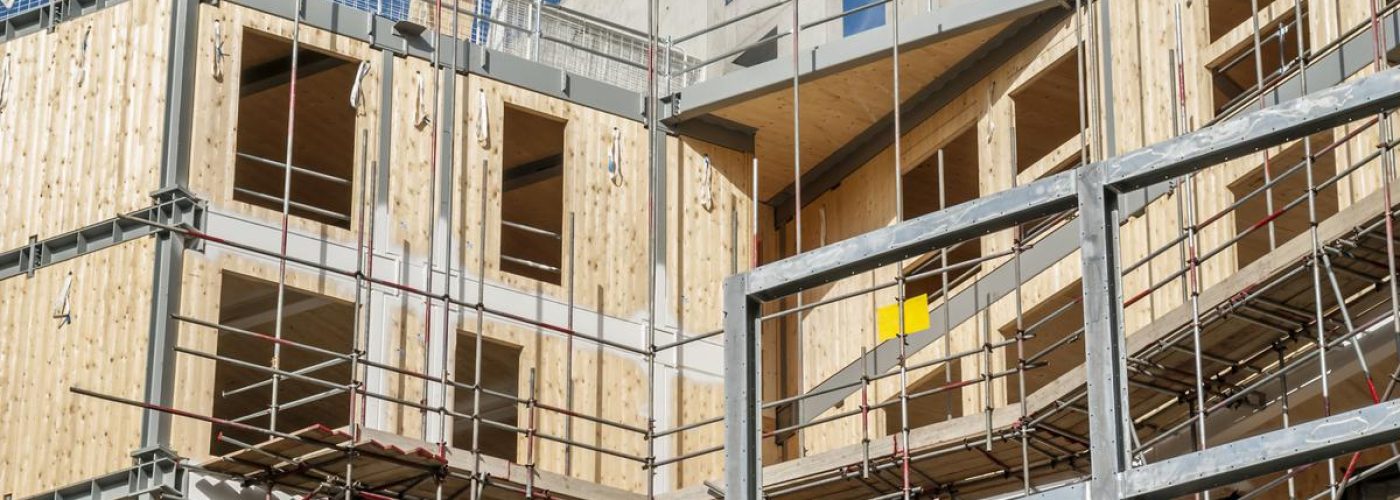The
engineered timber industry has been founded on the principles of advancing
sustainable building technology. Led by innovators such as B&K Structures,
the use of timber technology in UK construction has undergone a renaissance in
recent years which has greatly increased the use of ground-breaking products
such as cross laminated timber (CLT). Here Managing Director of B&K
Structures, Andy Goodwin discusses the proposed building restrictions and the
unintended consequences.
Leading architects such as Foster and Partners and Waugh Thistleton have realised
exceptional award-winning buildings, creating a new legacy in outstanding
timber architecture but we are now at a point in time where the proposed
building regulations could restrict the use of a material which has the
potential to help in the battle against climate change.
Existing buildings and new construction accounts for nearly 40% of our national carbon dioxide emissions. CLT is now widely acknowledged as having a vital role to play in reducing CO2 emissions and crucial to reaching net-zero carbon targets.
Somehow CLT, as a robust, fast, clean and sustainable construction method, has been put into the same category as dangerous highly combustible cladding systems. Many of us involved in the industry are baffled how we arrived at this place. A blanket ban that is not based on building physics or scientific fact, is seen as a quick fix but the unintended consequences will be far reaching. Every building material in some way is susceptible to fire whether it melts, warps or explodes but it is knowing how it performs that is crucial. Tests prove CLT has fire resistance of 90 – 120 minutes and greater than that if additional coatings are applied.
The UK Government is currently seeking views on the ban of the use of combustible materials in
external walls of buildings, with any changes affecting all new residential buildings with floor levels above 11m (circa 4 storeys). This proposal comes despite a significant amount of UK innovation in the use of engineered timber systems such as glue laminated timber and cross laminated timber.
Together with sustainability, safety is of paramount importance to the team at B&K Structures and we have found a way to ensure our structures are both safe and sustainable using a hybrid approach. We support stronger measures regarding the safety of building, but the current proposal could impact the ability to construct with timber as a primary structural material. Alongside ACAN (Architects Climate Action Network), we are calling for responses to the consultation to help oppose this new legislation from affecting construction innovation. www.architectscan.org/safe-timber
About B&K Structures
Through careful design detailing and value engineering, B&K Structures is able to offer the best possible offsite manufactured construction solutions, ensuring a smooth integration for follow-on trades – delivering award-winning, environmentally and sustainable projects on time and to budget.
B&K Structures has worked with some of the UK’s most renowned clients to develop outstanding buildings with sustainable credentials. For more information on their product portfolio and full range of services go to www.bkstructures.co.uk





